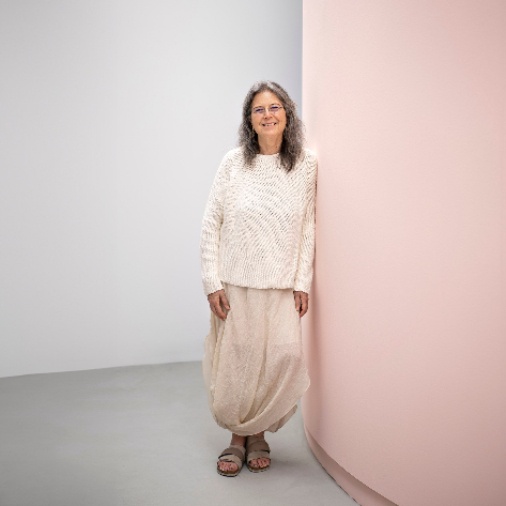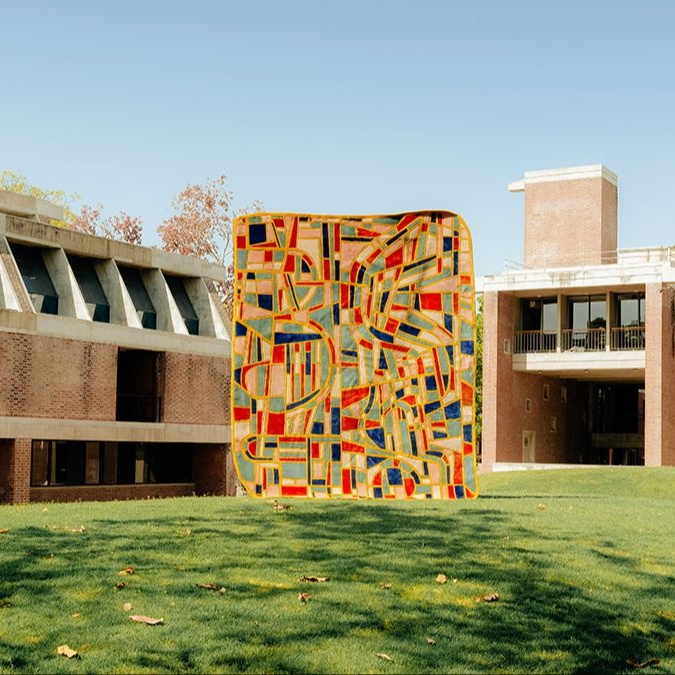Eshita Marwah is an easy guest to entertain. If you invite her to a party, she'll probably spend the evening rearranging your bookshelf or organising your tableware by size and colour. If your lampshade has a single tassel out of place, she’ll sniff it out immediately, and replace them all with something even better—beads that match your wallpaper or a glass bauble in the colour of the curtains. Her mind is relentless—always observing and processing and analysing and fixing. She chases an idea like Alice chases the rabbit, going deeper into a place that wouldn’t make sense to most of us, but where the magic is undeniable.
“I am too focused,” says the interior designer over a Zoom call from her newly refurbished Surat office. “If something catches my eye, I can’t rest until I’ve taken care of it.” That attention to detail is what makes her office, with its arched panels, candy stripes and surprisingly soothing combination of pale blue and red, worth writing home about.
Colourful but calm, bold but not busy, and with a view that looks straight onto the Tapi riverfront, the space has all the elements that Marwah’s design practice, /e has made its signature. Across the 315sq ft room, a singularly bespoke style shines through: the rugs, designed by her, was manufactured by House of Knots, the fabrics were customised by Studio Yuri, the bespoke furniture was made by Studio Conifur, the art on the door panels was hand-painted by Surat-based design studio Rogán, and the customised lighting is by avant-garde Delhi studio Mother Gone Mad. All of these are brands that Marwah works with regularly.












